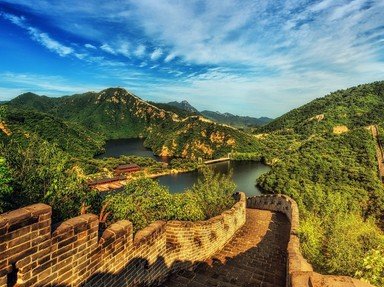
Gods of the Sun Trivia Quiz
This quiz of China's history will culminate in Mao Zedong's Cultural Revolution, once described as the "red sun rising in the east". But there have been other significant moments in time when the sun has shone on China and those, we explore here.
An ordering quiz
by Team Phoenix Rising.
Estimated time: 4 mins.
- Home
- »
- Quizzes
- »
- History Trivia
- »
- Asian
- »
- China